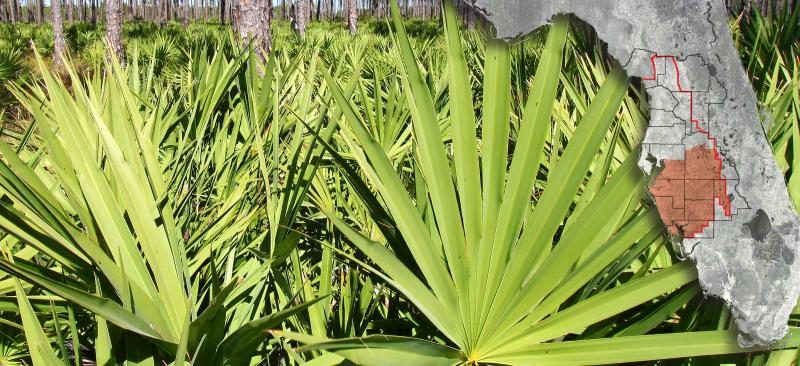This first SWUCA Five-Year Assessment found that the District and its partners:
- Succeeded in meeting the water supply needs of the region despite an increase of more than 325,000 residents;
- Succeeded in reducing overall groundwater use from the Upper Floridan aquifer by more than 50 mgd; and
- Made progress toward completing the Lake Hancock Lake Level Modification Project to assist in achieving the minimum flows in the Upper Peace River.
There were still significant challenges in achieving the minimum levels in lakes along the Ridge Lakes area and the saltwater intrusion minimum aquifer level in the MIA. The Assessment recommended and the Governing Board approved the District forming two separate stakeholder workgroups to assist in identifying additional options for achieving the Saltwater Intrusion Minimum Aquifer Level in the MIA and the levels in the Ridge Lakes.
Stakeholder Workgroups
The District held four meetings in each of the two areas. Participants represented all the major water use groups along with a variety of environmental organizations, state agencies, and other interested parties. Most of the organizations represented at the meetings were also involved in the development of the Recovery Strategy in 2006. Discussions explored the water resource concerns, causes and potential non-regulatory solutions. District staff took the information obtained from these meetings and developed options. The Governing Board approved options for each of the two areas.
The SWUCA Five-Year Assessment document was updated. The information from the stakeholder workgroups and the Governing Board actions were included in the updated document as Appendix 3.

